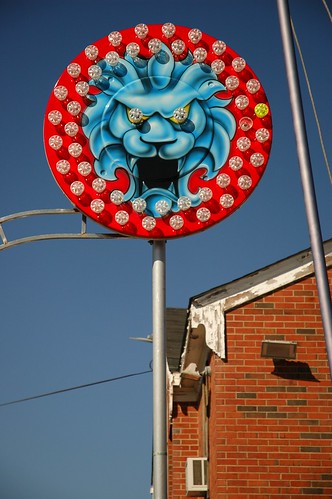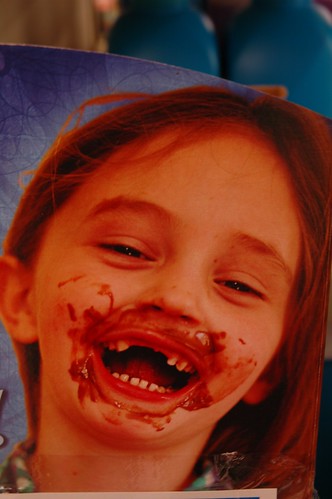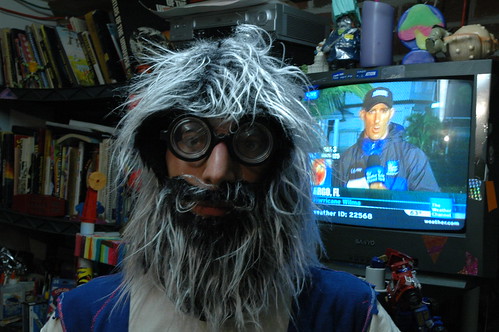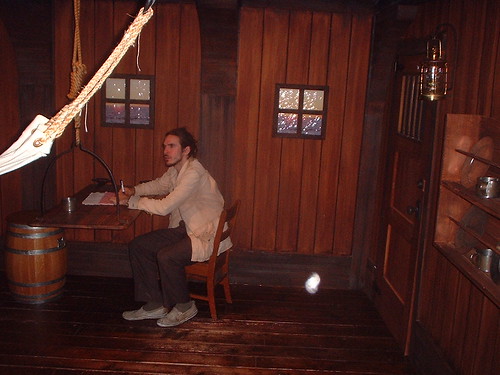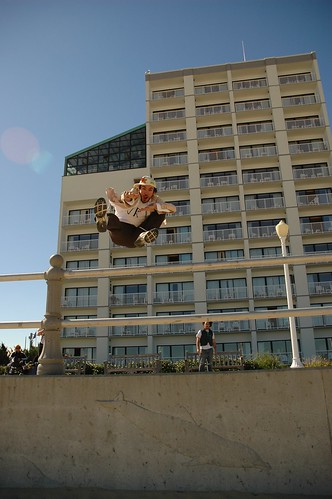
(Still behind on Jupiter; living outside of civilization. Interzone, Philadelphia. No law, reason, internet.)
Early October.
The escape to the Seven Cities came as a tremendous relief. The Return Home. A chance to relax and reconnect with the mother soil. Plus, friends would be there. Jonny and Jen came along. The Dearraindrop kids have, for however long, set up camp there themselves. Free reign over the icebox. It seemed like the perfect arrangement. The mess in Philadelphia was too far away to be real; the chorelist in Portsmouth was so much more manageable and reasonable.
I mentioned the weird resonances of The Return Home in one of the first Jupiter posts; about how it could help elucidate the personality. Not necessarily the broad generic human personality, but your personality. The metaphors and categories you work with. The specific, Proustian memories that created your field of likes and dislikes and prejudices (especially before the acute self-actualization when it dawned on you that personality could be self-created). The stupid mistakes and anxieties that you carry with you on your daily walks.
This remembrance of things past could be the departure point for a weird psychoanalytic form which is a bit non-Freudian. Non-Freudian for many reasons. Its subconscious would not necessarily be the Freudian subconscious because it would not be necessarily repressed, nor dependent on the hydraulic metaphors of libinal energy, or rational/irrational distinctions. The subconscious would just be the (infinitely rich) sum of habit, reflex, assumption, displaced attention. The subconscious of cognitive science, or closer to it.
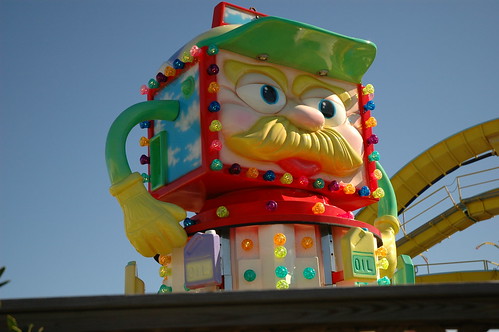
In fact, this psychoanalysis would serve as a compliment to cognitive science, without itself assuming the role of a science whatsoever. A sort of happy Kantian compromise between the innate mechanism and the acquired content and context. I’m not someone who considers psychoanalysis a science, but rather a branch of the humanities, involving the idea of first-personal agency, self-creation, and the richly personal. This is not to insult psychoanalysis. It is to say that cognitive science can only describe the broad, mostly universal mechanisms of memory and thinking; it can say little substantially of what makes you, you. The biographical details that created the impress of your nascent personality. This is the domain of a psychoanalysis.
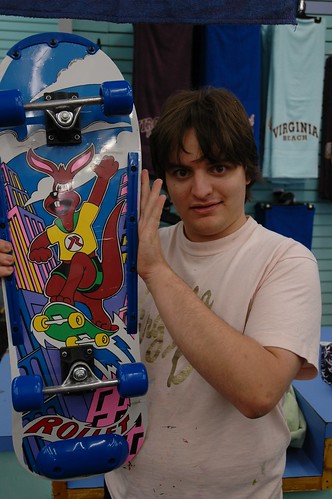
I would still call this kind of psychoanalysis a psychoanalysis because it graciously borrows its toolbox: free association, the weightiness and recovery of childhood, the elucidation of subconscious, and so on.
The first of such methods is easy. Searching out the objects and areas of your childhood. Photoalbums, toys, elementary schools, favorite childhood movies. One by one, really reaching deep, trying to recover the story and connotations of each, scribbling down as many tangents and backstories as possible. Specifics. You will be amazed what one summery photograph can unearth.
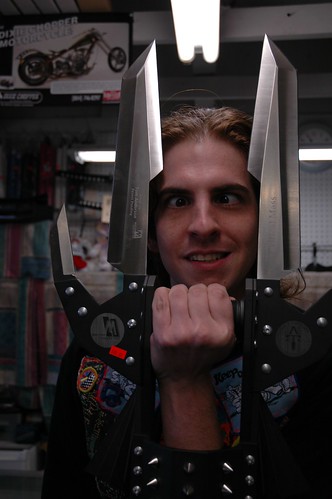
I held up a picture close to my eyes. Aunt Susie, dad, Tyree as a baby, myself, and mom. On the porch.
These were the subjects of the photo, the foreground; what was openly presented and what the mind had highlighted indexically in memory as The Past. The real threads of memory are in the periphery, though. That shelf. The starchy white paint of that piece of porch furniture. The patio my father made where the blueberries once grew. The evening on that porch spent memorizing data about the Cenozoic era. From these specifics came whole philosophical judgments; the flesh on ideas like grandiosity and justice. The instances from which we extract semantic ideas, in a pretty much Lockean way.
The space above stairwells, for instance, has always had a weird biomagnetic power to it. The unreachable patch of ceiling above the staircase was somehow equivalent, in my young mind, to the beyond, something like the Kantian noumenal realm. To have physically touched that part of the house would have been on par with landing on Neptune. Countless hours were spent on my back, with my head dropping over the top step, looking upside-down at that bald little corner.
Words echoed back. It was so strictly uninhabitable; so much so that it became a placemarker in my mind for the inhuman. Not the beastly or the inhumane, but the chilling horror you feel when you’ve encountered something outside of human understanding. The feeling you get from the black monoliths in 2001 Space Odyssey, or from a dream where everyday objects or situations have been drained of their familiar warmth and meaning.
This is what that space meant for me. And its spectre reappears metonymously, like a little whispered deja vu, everytime the wider concepts are encountered.
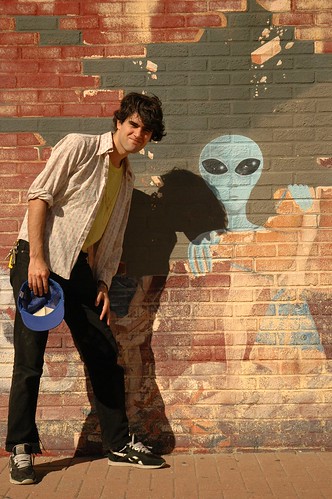 Such psychoanalyses may not interest other people; it probably won’t. In the same way that dreams cannot be really shared; all the emotive glow is lost to stupid narrative remnants. The more exacting the analysis, the less univerally comprehensible it becomes; certainly the less scientific it becomes.
Such psychoanalyses may not interest other people; it probably won’t. In the same way that dreams cannot be really shared; all the emotive glow is lost to stupid narrative remnants. The more exacting the analysis, the less univerally comprehensible it becomes; certainly the less scientific it becomes.
Funny enough, while I was home the first time, we were hanging out at the Dearraindrop house, watching newly released Andy Kaufman footage that their friend Ross had found. On one reel, Andy Kaufman and his collaborator Bob Zmuda were staging a quarrel on an afternoon kids show called Bananas. The clip is magic, but besides that, Bob Zmuda had come on the show, supposedly, to share with the world the new science of “psychogenesis.” He explains dead-pan that you are most productive as a human being if you live within a hundred miles with the place of your conception; that it leads to a better integrated personality by putting you in touch with the Earth’s energy.
I don’t believe this, but there is something metaphorically that can be taken from it (aside from the apt name “psychogenesis,” which is precisely what this process of eye-to-childhood introspection is supposed to bring to the surface). There is some unintentional truth to his bullshit. That most “psychogenesis”— development of the personality— happens in childhood, and that an intergrated personality must come to some understanding or compromise with those childhood truths and selves. Even if that understanding is a stalemate or a total negation. The Return Home, if listened to, can’t help but re-integrate the personality a little.
A very textured example, from my childhood, of total negation would be the sins of label consciousness in my fourth and fifth grade years. They were particularly “textured” because real label consciousness takes an eagle’s eye for detail. It is a form of consciousness, of awareness. The difference between Vans and generic pseudo-Vans was a matter of a wiggly line and a very specific shade of blue/green.
The line on my pseudo-Vans was not wiggly enough for real Vans. And the hue was too bold. Those small differences became the source of some mild anxiety in my fourth-grade self. Nevertheless, at my strong denouncement of this kind of thinking, around ninth-grade, the difference were reversed, overturned. I then proudly claimed the bold hue and generic line. Mulling over this early anxiety, these details of Vans versus pseudo-Vans, helped embolden me in my newer resolutions. I had thoroughly rejected this part of my childhood self; found self-definition through the comparison of selves.
In a Gadamerian sense of understanding— and of meaningfulness— as reaching something other or unknown through an experiential path, the recapitulation of forgotten experience amounts self-understanding. Wiggling into those previous selves— whole periods of the self— that cannot be laid down in words and diagrams, but can be recalled almost fully with a simple, meaningless cue; in the way a smell or song brings back entire summers or eleventh grade philosophies.
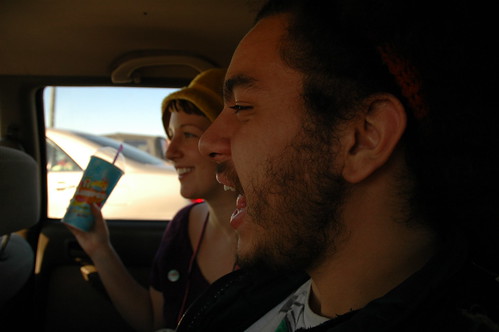
Which is why childhood is, in every sense, truly mythic. More so than broad culture, inherited mythos.
In other news. On the second time back, without Jonny, The Dearraindrop kids, along with Ramsey, Jay, Nate, Jen, and I, got to make a high-definition television show for a new cable channel. A videocollage of Virginia Beach, in essence. I’ll consult the TV guide for local listings.
Here are some classy shots from the Seven Cities, from Ramsey and Jonny. More from those weeks can be found at, respectively, http://www.flickr.com/photos/arnaoot/sets/1226875/ — and—
http://www.flickr.com/photos/thecorndawg/sets/1537839/
